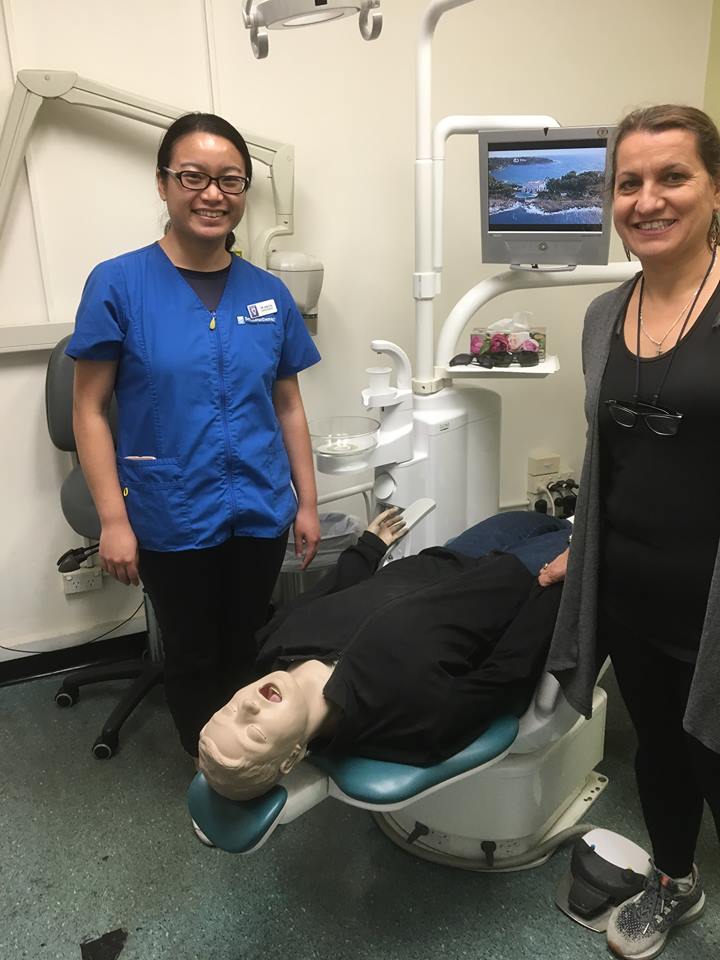Emergency Medical Training 2019 – Part 1 – DRSABCD
At Seymour Dental we have a yearly in-surgery seminar for the staff and dentists to refresh our medical emergency knowledge in our actual work setting. We never know when a medical situation can arise. The course reminds us the many and varied situations that can occur in general and especially in a dental surgery setting.
Let’s start with DRSABCD
Danger – this is along the lines – “you can’t help someone if you can’t help yourself”- make sure you the first aider is not in danger. In a dental situation this could be nearby sharp dental instruments, a slippery floor, or tripping hazards.
Response – check the patient response to stimuli in a progressive manner, starting with your voice, then a gentle tap to the cheek (this stimulates the cranial nerves), then a pin in the soft underpart of the upper arm. If no response then..
Send – for help. In our surgery we have a red bag that contains our medical emergency kit, so we would call out “Red Bag, Red Bag, Red Bag!” The other staff would respond that they have heard “Red Bag, Red Bag, Red Bag!” This sets off people to perform necessary tasks – Carry the Red Bag to the area of the emergency; Call the ambulance and if enough staff – document the event.
Why Red Bag? This not a normal terminology we would use in our day to day work. To say this is a big deal, rather than “need help”.
Airway – Ensure the airway is clear by tilting the head back and moving the lower jaw forward. This allows direct vision of the airway. Remove any contents such as food vomit saliva.
If the patient is in the surgery, use suction, or a dental mirror to remove the contents.
If not in the surgery, then roll them on to the side away form so that the contents do not go all over you!
Breathing – for an adult one hand on the diaphragm area on the chest, which is the end of the sternum, just below the rib cage, and the other hand, to keep the head tilted back. Feel for the movement of the diaphragm of the lungs and listen for breathes at the mouth.
Check for 10 seconds. We need to have 2 breathes!
If not breathing then we assume a cardiac arrest-start compressions!!!!
We have done the DRSAB next week the CD.

Need an Appointment?
If you’d like to book an appointment with the dentist at Seymour Dental then call us in Dulwich Hill, Sydney on (02) 9564 2397 or
contact us
Next week
Emergency Medical Training 2019 - Part 2 - Compression and Defibrillation